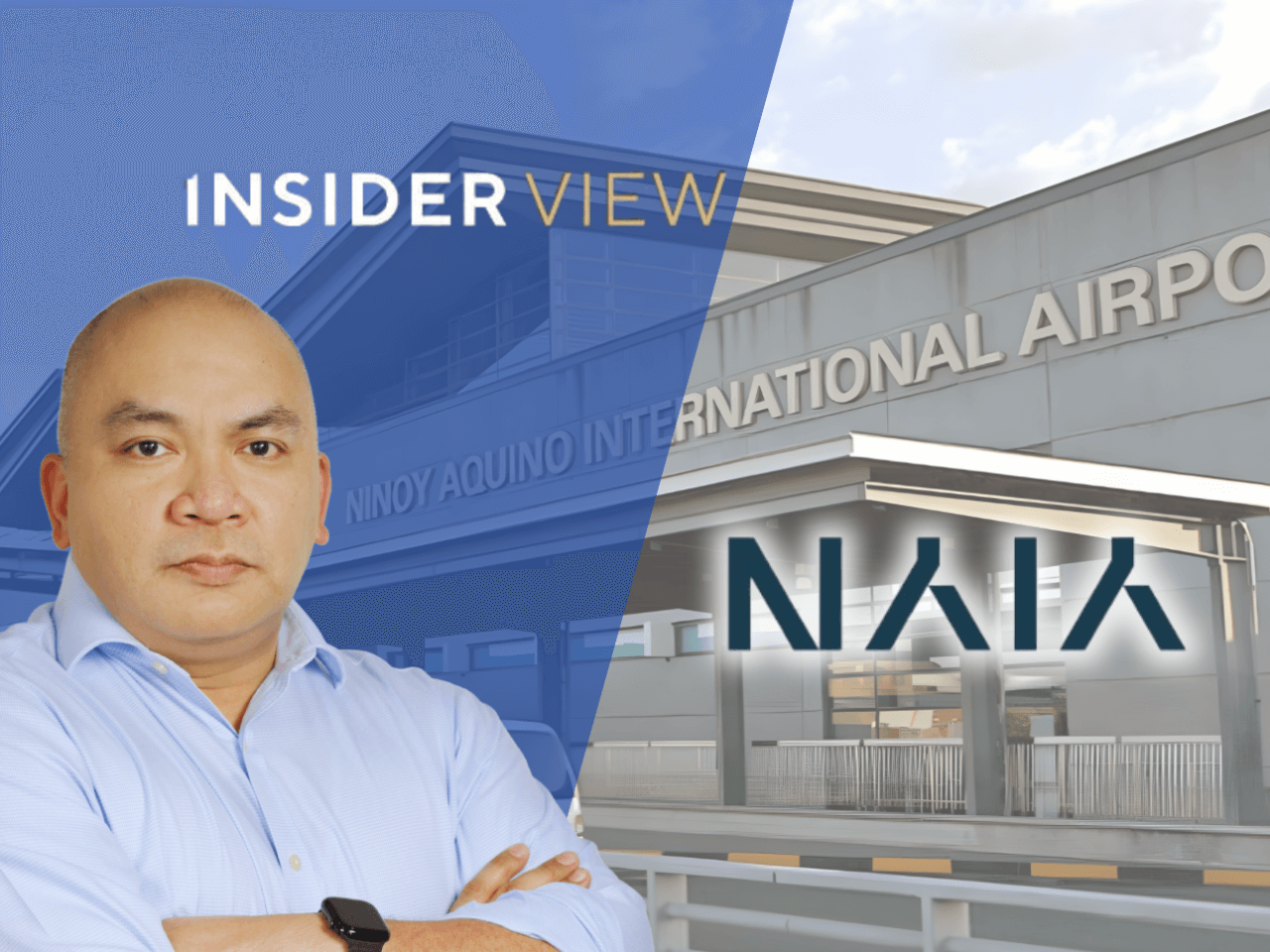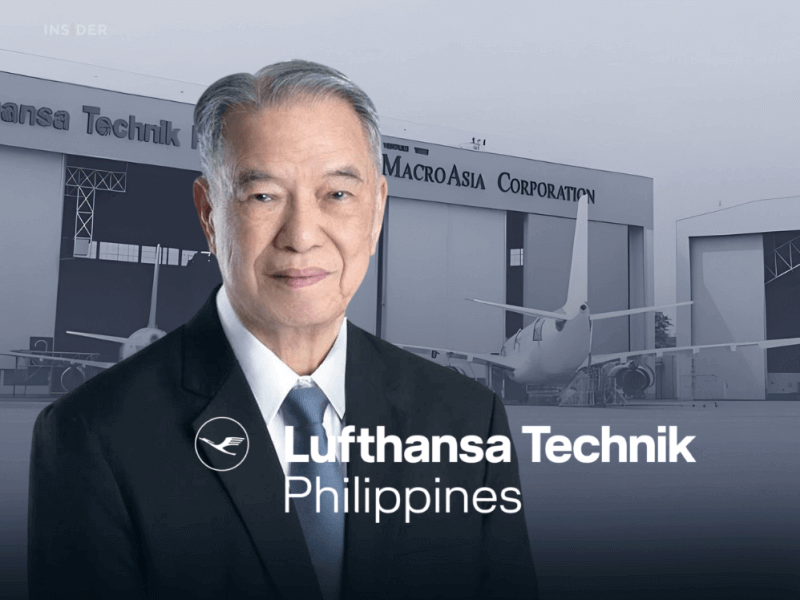

But here’s the truth: there’s no secret. And if they really want to talk about hidden deals, they should look at the airport’s past.
For decades, NAIA was a textbook case of how government-owned facilities can be held hostage by sweetheart arrangements. The airport authority leased out valuable terminal and commercial space to private operators at rates so low they barely covered maintenance costs.
Those same long-term leases — some running over 20 years — starved NAIA of revenue needed for modernization. The result is outdated terminals, broken air-conditioning, and a reputation as one of Asia’s worst airports.
So let’s be clear: If there were any secret deals, they happened long before San Miguel entered the picture.
The transparency myth
The advocacy group PUSO ng NAIA, made up of former airport workers and allied NGOs, is calling for an investigation by the Independent Commission for Infrastructure (ICI). It claims that the PPP deal was “tailor-fitted” for San Miguel, that an independent consultant wasn’t hired, and that the public will be “milked for 25 years” through higher fees.
But the facts don’t support this. The terms of the PPP were released publicly. The bid was open and competitive, and San Miguel’s consortium offered the best technical and financial proposal. The deal passed through the National Economic and Development Authority’s Investment Coordination Committee and was subject to the usual regulatory reviews.
Transparency isn’t the issue. What they’re really complaining about is the loss of old privileges.
Who’s really losing out
Behind the noise are groups that benefited from NAIA’s dysfunction, including concessionaires who enjoyed below-market rent and officials who signed off on them. They thrived under inefficiency. Now that the airport is under professional management with actual capital and accountability, they’re the ones crying foul.
San Miguel’s plan includes a full terminal upgrade, runway expansion, and new technologies for smoother operations. The promise isn’t instant. Infrastructure takes time. But unlike before, there’s now a company with the resources to actually get it done.
The public’s frustration over fees is valid, but pretending that the alternative — keeping NAIA under the same old system — would have been cheaper or fairer is pure fantasy. The airport was not capturing the revenues it should have and it was credibility. Modernization was not optional; it was overdue.
The bottom line
The real scandal is that NAIA was allowed to rot for decades under opaque leases and mismanagement. Those were the real “secret deals.” The privatization may be imperfect, but it’s the first time in years the airport has a fighting chance to catch up with the rest of the region.
“Stop the secret deal”? Too late. The only secrets worth stopping are the ones that already bled NAIA dry.

Senior Reporter

